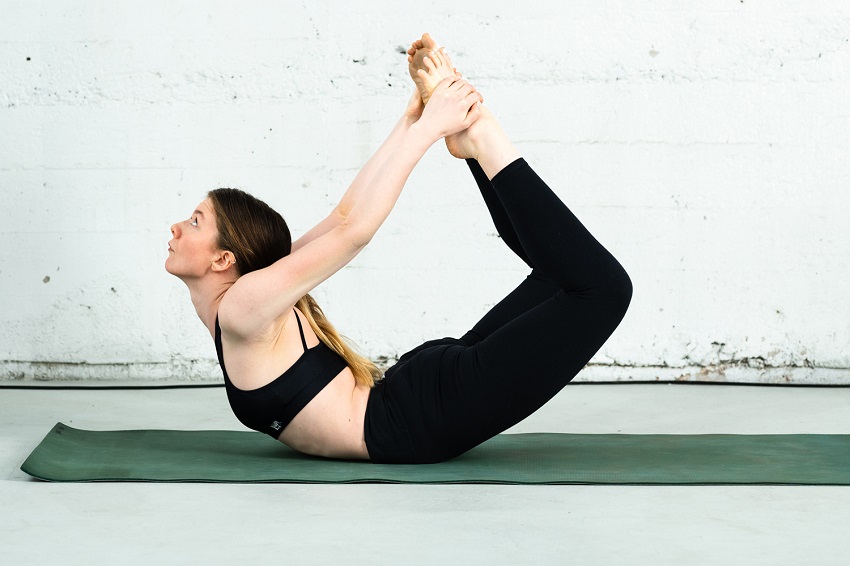Are you someone who’s curious about the world of fitness and wellness? Have you heard about yoga and hot yoga but can’t quite grasp the difference between the two? You’re not alone! In this article, we’re going to break down the distinctions between yoga and hot yoga, helping you gain a clear understanding of each practice and their respective benefits. So, roll out your mat and get ready to explore the wonderful world of mind-body exercises! This content is brought to you by Calvitaminsuit.com.
Understanding the Basics: Yoga
Yoga is a centuries-old practice that originated in ancient India. It’s a holistic approach to wellness that combines physical postures, breath control, meditation, and ethical principles. Yoga is often associated with enhancing flexibility, balance, and strength while promoting relaxation and mental clarity.
Types of Yoga: From Hatha to Vinyasa
There’s a wide range of yoga styles available, catering to various needs and preferences. Some popular types include:
- Hatha Yoga: A foundational practice that focuses on basic postures and breathing techniques, making it ideal for beginners.
- Vinyasa Yoga: Also known as “flow yoga,” vinyasa involves a seamless flow of postures synchronized with breath, offering a dynamic and energizing experience.
- Iyengar Yoga: This style emphasizes alignment and uses props to help practitioners achieve proper posture and balance.
- Bikram Yoga: A precursor to hot yoga, Bikram yoga consists of a fixed sequence of 26 postures practiced in a heated room.
Diving into the Heat: Hot Yoga
Hot Yoga, as the name suggests, is performed in a heated environment. Typically practiced in rooms heated to around 95-105 degrees Fahrenheit, hot yoga combines traditional yoga poses with a more intense, sweat-inducing experience.
The Unique Experience of Hot Yoga
- Temperature and Intensity: The elevated temperature in hot yoga studios promotes flexibility by warming up the muscles and enhancing blood circulation. This allows practitioners to deepen their stretches and push their physical limits.
- Detoxification: Sweating profusely during hot yoga can have detoxifying effects, helping the body eliminate toxins through the skin. It’s like giving your body a refreshing cleanse from the inside out.
- Cardiovascular Benefits: The increased heart rate experienced during hot yoga contributes to cardiovascular conditioning, aiding in better blood circulation and overall heart health.
- Mind-Body Connection: Just like traditional yoga, hot yoga emphasizes the connection between the mind and body. The challenging environment encourages practitioners to stay present and focused, enhancing the meditative aspect of the practice.
Choosing Between Yoga and Hot Yoga: Which Is Right for You?
The choice between yoga and hot yoga depends on your preferences, fitness goals, and physical condition. If you’re looking for a gentle introduction to mind-body practices, traditional yoga might be your best starting point. On the other hand, if you thrive in a more intense environment and enjoy sweating it out, hot yoga could be your go-to choice.
Conclusion
In the world of fitness and wellness, both yoga and hot yoga offer unique pathways to physical and mental well-being. Whether you prefer the traditional approach of yoga or the heat-infused challenge of hot yoga, incorporating either practice into your routine can lead to a healthier and more balanced lifestyle.
Frequently Asked Questions
Is hot yoga suitable for beginners?
Hot yoga can be intense, so it’s recommended for individuals with some prior yoga experience. Beginners might want to start with traditional yoga before transitioning to hot yoga.
Can I practice hot yoga if I have certain medical conditions?
It’s crucial to consult your healthcare provider before trying hot yoga, especially if you have medical conditions like heart problems, respiratory issues, or high blood pressure.
How often should I practice yoga or hot yoga?
The frequency of practice varies from person to person. Aim for a balance that suits your lifestyle and allows your body to recover adequately between sessions.
What should I bring to a hot yoga class?
Bring a towel, a water bottle, and wear breathable, moisture-wicking clothing. Most studios provide mats, but you can also bring your own.
Can hot yoga help with weight loss?
Hot yoga can contribute to weight loss due to increased calorie burning from the heated environment. However, it’s essential to combine it with a balanced diet and other forms of exercise for effective and sustainable weight management.

